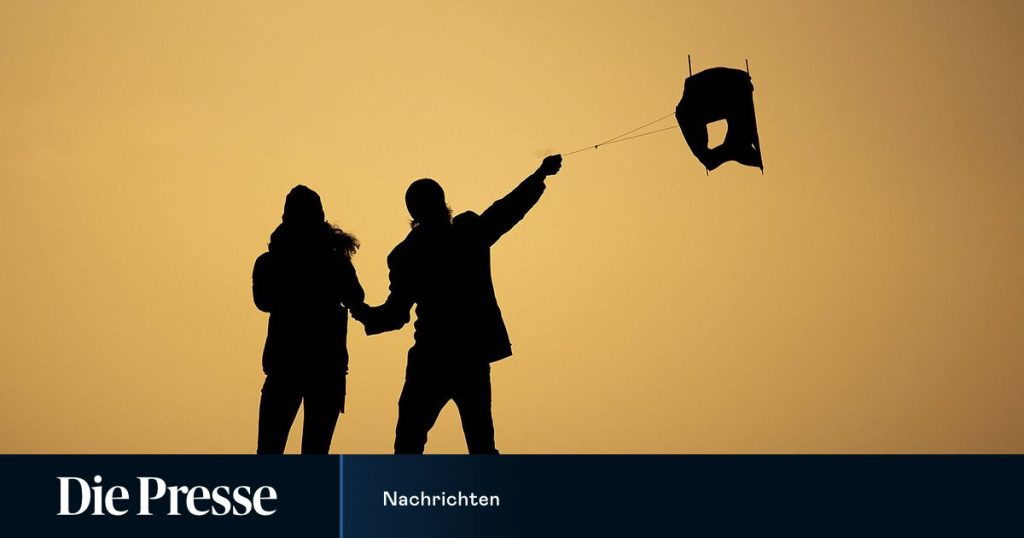A Spanish researcher analyzed the data of 27,000 people over 50 from 13 European countries, including Austria. In the past, they were happiest in their early thirties.
People often refer to their childhood as the happiest time in their lives. The work of a Spanish researcher published in the specialized journal “Social Indicators Research” and based on data from a survey of nearly 27,000 people from 13 European countries – including Austria – paints a different picture. According to her analysis, people aged 50 or older remember 30 to 34 years of age as the happiest time in their lives.
Economist Begona Alvarez of the University of Vigo (Spain) looked at data from the retrospective longitudinal study on health and retirement “Sharelife”. In 2008/2009 a representative sample of citizens of Austria, Belgium, Czech Republic, Denmark, France, Germany, Greece, Italy, Netherlands, Poland, Spain, Sweden and Switzerland was surveyed. You were born between 1928 and 1958, so you were 50 or older at the time of the interview. In the survey, they were asked, among other things, to indicate the beginning and end of the happiest phase in their lives, if available.
The question, “Looking back at your life, has there ever been a time when you were happier than the rest of your life?” Less than half of the respondents answered in the affirmative. This percentage varies widely between countries and is highest in France (74 percent) and lowest in Denmark (36 percent). Women were happier with life (48 percent) than men (39 percent).
Childhood is not very happy
Of those who, in retrospect, experienced a happy phase in their lives, only very few (less than five percent for both sexes) experienced this in childhood – even for those who did not go through wartime. This is likely related to the difficult time in Europe in the first half of the 20th century, Alvarez writes in her research paper.
After childhood, people’s likelihood of having happy years increases steadily and peaks between the ages of 30 and 34. During this period of life, most lived their happiest years (about 30 percent of women and 23 percent of men). These stages of happiness for individuals are long on average: half of those surveyed lasted two decades or more.
It is also likely to be luck in other age groups
For Alvarez, the data show that “the early thirties is the stage of life with the highest chance of being the happiest, although the probability remains relatively high in neighboring age groups.” Only with age does the curve ever decrease. This pattern is similar for men and women and is also somewhat uniform across all birth groups and countries examined.
According to the researcher, the differences between men and women in the stages of happiness between 30 and 34 years “may reflect the different effects of starting a family, such as childbirth, on the happiness of women compared to men.” In the study, she accordingly cited the stages of living with a partner and parenthood as factors that increase the likelihood of having a happy time.
(what or what)

“Food practitioner. Bacon guru. Infuriatingly humble zombie enthusiast. Total student.”







More Stories
Spanish Prime Minister Sanchez suddenly suspends official work
Egypt: No talks with Israel regarding the Rafah attack
Low temperatures – Krems area: Frost causes damage